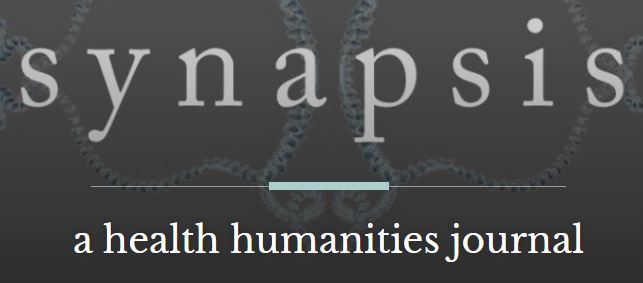What was lyric poetry’s social, political, and economic role in early modern Europe? How was the gendered rhetoric of unrequited love imported from Italy and then transformed in sixteenth and seventeenth-century Spanish, as well as Portuguese, French, and English? Why were the works of some early adopters of this “new poetry,” such as Garcilaso de la Vega, for instance, re-edited and glossed so many times by subsequent generations of scholars? What is the relationship between these early modern scholars’ strategies of commentary and edition, on the one hand, and contemporary critical methods and pedagogical practices, on the other hand? In order to answer these and related questions, this class focuses on one particular poetic form: the sonnet. But we will subject our sonnets to diverse interpretive approaches, honed in both early and late modernity. And we will follow these sonnets as they travel across linguistic and imperial boundaries. This seminar is thus both an experiment in how and why to read poetry and a graduate-level introduction to Renaissance aesthetics and cultural history. Readings include works by late medieval and early modern authors such as Juan Boscán, Garcilaso de la Vega, Fernando de Herrera, Luis de León, Francisco de Quevedo, Alonso López Pinciano, Sor Juana Inés de la Cruz, Francesco Petrarca, Gaspara Stampa, Pierre de Ronsard, Joachim du Bellay, Luís de Camões, Philip Sidney, and others. We will also read scholarship by Theodor Adorno, Roland Greene, John Freccero, Francisco Rico, Richard Helgerson, Nancy Vickers, Alberto Porqueras Mayo, Susan Stewart, Jonathan Culler, and others.
The Heyman Center for the Humanities, Room B-101
74 Morningside Drive
New York, NY, 10027
(212) 854-4541
(212) 854-3099


